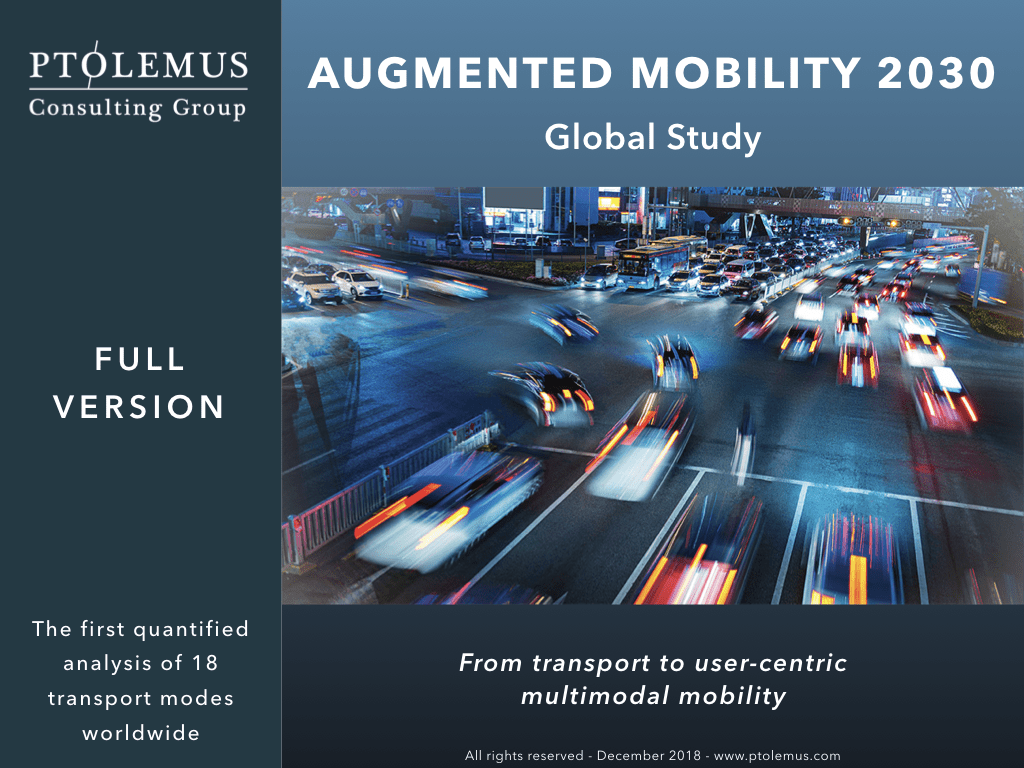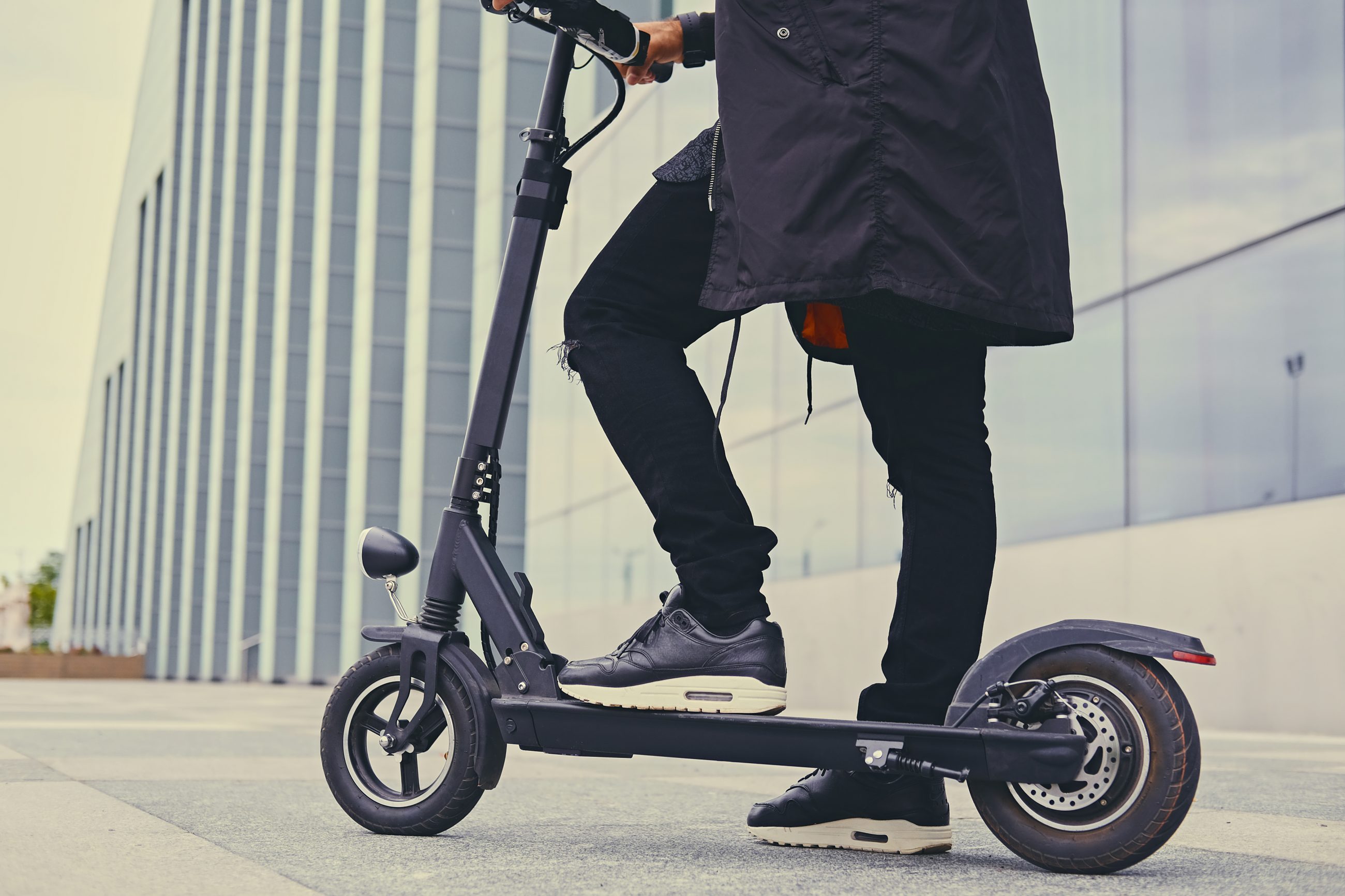Mobility-as-a-Service (MaaS) challenges: multimodal behaviour and trip purpose

This is part 1 of a 2 part series on MaaS challenges. You can find part 2 here: Trust between players
With a rising number of alternatives to traditional transport gaining popularity in European capitals, the conversation around implementing Mobility-as-a-Service (MaaS) to encourage sustainable transport and harmonise the offer from Transport Service Providers (TSP) is gaining more visibility. However, implementation is not so straightforward. MaaS will face major challenges before it can be considered a profitable and widespread solution to traffic emissions.
In the most simplified form, MaaS integrates public transport, multiple micromobility forms (e.g. e-scooters, shared bikes), car sharing, navigation planning and booking. Booking is still not broadly available, but navigation, planning and visualisation of multiple transport modes is standard by now.
Planning and visualisation of transport services improves transport serviceability. For this reason, micromobility TSPs are beginning to collaborate with public authorities to further integrate their services within the local network.
For example, Voi recently partnered with Liverpool City Council to replace its fleet of e-bikes, planning to place 500 e-bikes along with 2,000 e-scooters in the city. If we zoom out to some EU capitals, we find that the presence of e-scooters, e-bikes and other shared mobility solutions increased. Today, there are 56,000 more e-scooters on the road than last year.
But not every mobility startup has the good fortune to flourish in a highly competitive market. Last May, Billy bikes in Brussels announced they would cease services to its 25,000 subscribers.
This is one of the many examples of TSPs struggling to stay afloat. In the incredibly competitive new mobility market, bankruptcies are not uncommon. To ameliorate this competition effect, MaaS is meant to harmonise the market not only for the benefit of the rider but as well by offering a platform for the mobility providers.
With public agencies investing in more pilots, new TSPs emerging and others selling their assets, evidence and consensus about the challenges faced to implement MaaS are finally coming to light. By analysing several reports we have identified two common challenges: multimodal behaviour and trip purposes for MaaS users.
Challenges in the implementation of MaaS
1. MaaS relies on multimodal behaviour, but transport users are not multimodal by default.
Individual travel behaviour depends on the habits and attitudes towards transport modes. People are multimodal when they are habituated to taking multiple means of transport, which means they do not experience much struggle with interchanging modes. In addition, they have a positive attitude towards them, so they see the benefits of interchanging modes.
Among the reasons why MaaS constitutes a key element within the EU Urban Mobility Framework, is that it could help achieve greenhouse gas reduction by 2035 by nudging users to exchange trips using a private vehicle with shared transport. MaaS could promote multimodality by making it easier for people to compare prices and time of trip options. Hence, MaaS is deemed to help travellers leverage the benefits of using public transport or commercial shared mobility, and consequently, get more accustomed to multimodal trips.
However, making a habit out of multimodality is difficult without incentives. For that, carrots and sticks are standard in transport policy. A carrot could be a reduction in the cost of booking shared mobility through a MaaS app. In contrast, a stick could be an increase in vehicle taxation. A MaaS platform could offer incentives to help habituate users to multiple transport modes. However, MaaS remains a niche for public authorities, and hence, fares reduction that combines public transport tickets and commercial mobility are not widely available.
All the same, attitudes towards transport modes depend on perceptions. Positive perception is a good proxy for the adoption of a new form of mobility. People seem to be positive about transport technologies. Research conducted by the Flemish Government indicates Belgian citizens are keen to try MaaS and they believe it is useful for their daily commute. Likewise, they expect some sort of changes in mobility behaviour while using the app, yet it is still unclear how this would happen without incentives or integration.
For MaaS to work it must first recognise that travellers, whether they choose private, commercial or public transport, are not naturally multimodal. MaaS holds a weak position when it comes to challenging habits, even if there could be a positive perception from citizens. To counter this challenge, it is key for MaaS to make a clearer offer to citizens, for instance, on how it can reduce the mental (stress related to travel) and economic (general cost of fares) cost of mobility.
2. A profitable MaaS scheme depends on a minimal number of trips to broaden implementation and reach the general public.
Modal preference is linked to the purpose of the journey. Commuting trips using private vehicles represent a good proportion of CO2 emissions. Harvesting a number of these trips could offer MaaS an opportunity to impact urban mobility and increase liveability of cities. But to gather a fair number of user journeys we must look at the added value MaaS offers that could lead commuters to use an app to plan their trip, instead of simply jumping in their cars.
Let’s look individually–and broadly–at the user profile of transport users.
Notice that public transport is relatively static and MaaS could be redundant for users that already know where and when to go to their stops. At most, users could benefit from navigation apps such as City Mapper or Google Maps for up-to-date schedules.
Now, free-floating micromobility is a different story. Transport users do need to know availability, position, and battery life to comfortably navigate the city. Here, MaaS is truly useful. Riders can have all the information in the same place. However, research shows that e-scooters are predominantly used for leisure not commuting (although this might be changing).
In contrast, e-bikes and bikes are commonly employed for commuting. Yet, regular bike users tend to have their own bicycle.
Furthermore, shared cars rarely replace car-commuting. In fact, shared cars seem to be effective to replace the second car. Nonetheless, the number of young people without a license is increasing, which could indicate a shift towards shared mobility. In any case, this shift will take time.
Thus, under the current circumstances, who actually needs a MaaS app? People who do not know the route, costs, and transport modes available. These are often not commuters in their daily routine, but tourists and occasional users outside of their normal routines.
Without many trips booked through app or people choosing micro or shared mobility, not only will MaaS continue to face issues in taking off, but TSPs will also struggle to stay afloat.
Conclusions
MaaS as an integrator of commercial and traditional transport seems to offer a solution to a disaggregated network in which mobility operators compete, instead of complementing each other’s offer. However, MaaS must overcome multimodality and profitability challenges.
We have seen that MaaS relevancy relies on the multimodal behaviour of its users. In its current state, MaaS alone is relatively ineffective at changing people’s monomodal preferences. In addition, the number of users on the platform must be large enough to make it sustainable.
Multimodal habits and profitability of MaaS go hand in hand. If public and private actors together manage to nudge citizens to use multiple means of transport, we see that MaaS could reach enough bookings to keep the platform afloat. With economic incentives and campaigns, it is possible to attract users to the platform.
Furthermore, it is important for MaaS advocates to distinguish between transport “use cases” and avoid the one-size-fits-all approach. Having clarity on use cases will help to put together bundles that recognise individual preferences, while promoting alternatives to cars.
The challenge to reach enough bookings to make a profitable application that TSPs and citizens can benefit from is complex. While governments need to aggressively promote alternatives to cars, TSPs and MaaS providers must find ways to widen their pool of riders. This is a combined effort by local authorities as much as private companies to build a more realistic picture of how they can encourage citizens to take alternative transport modes.
This is part 1 of a 2 part series on MaaS challenges. You can find part 2 here: Trust between players

